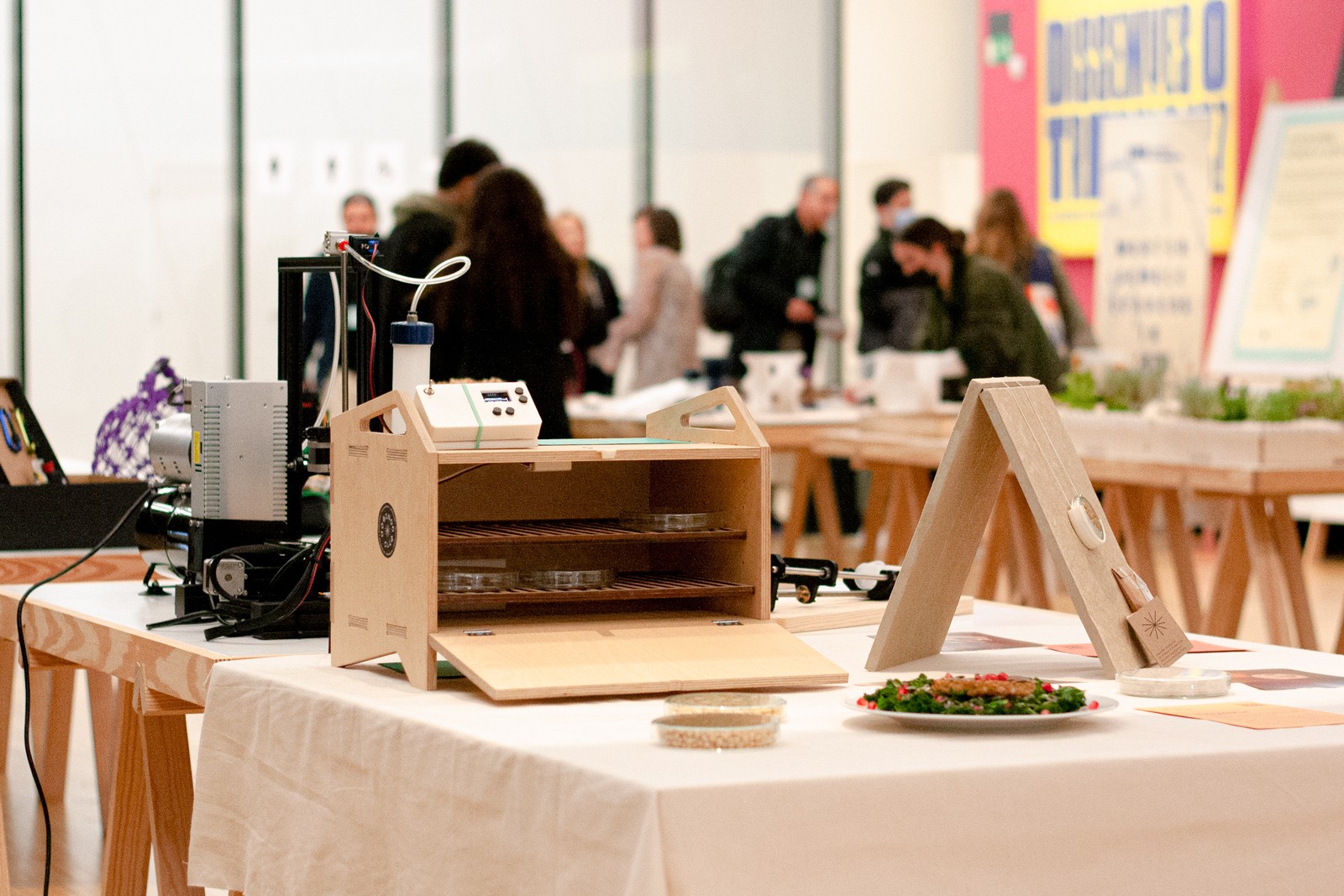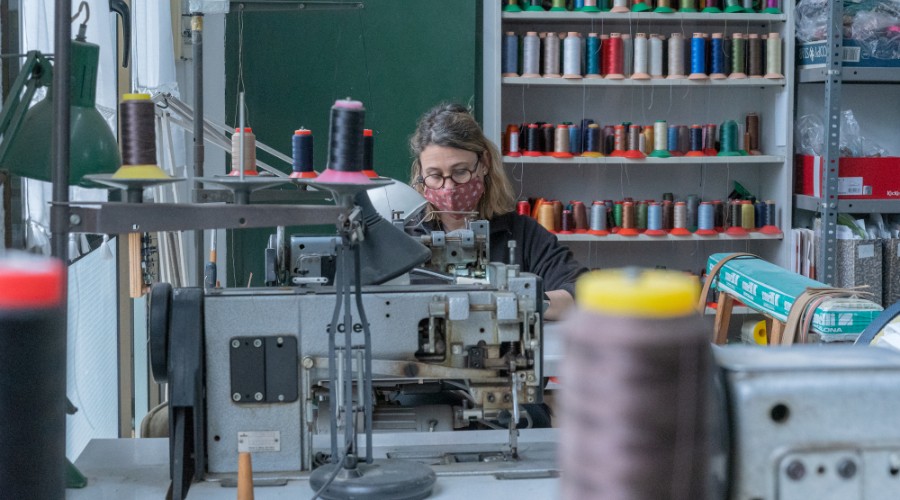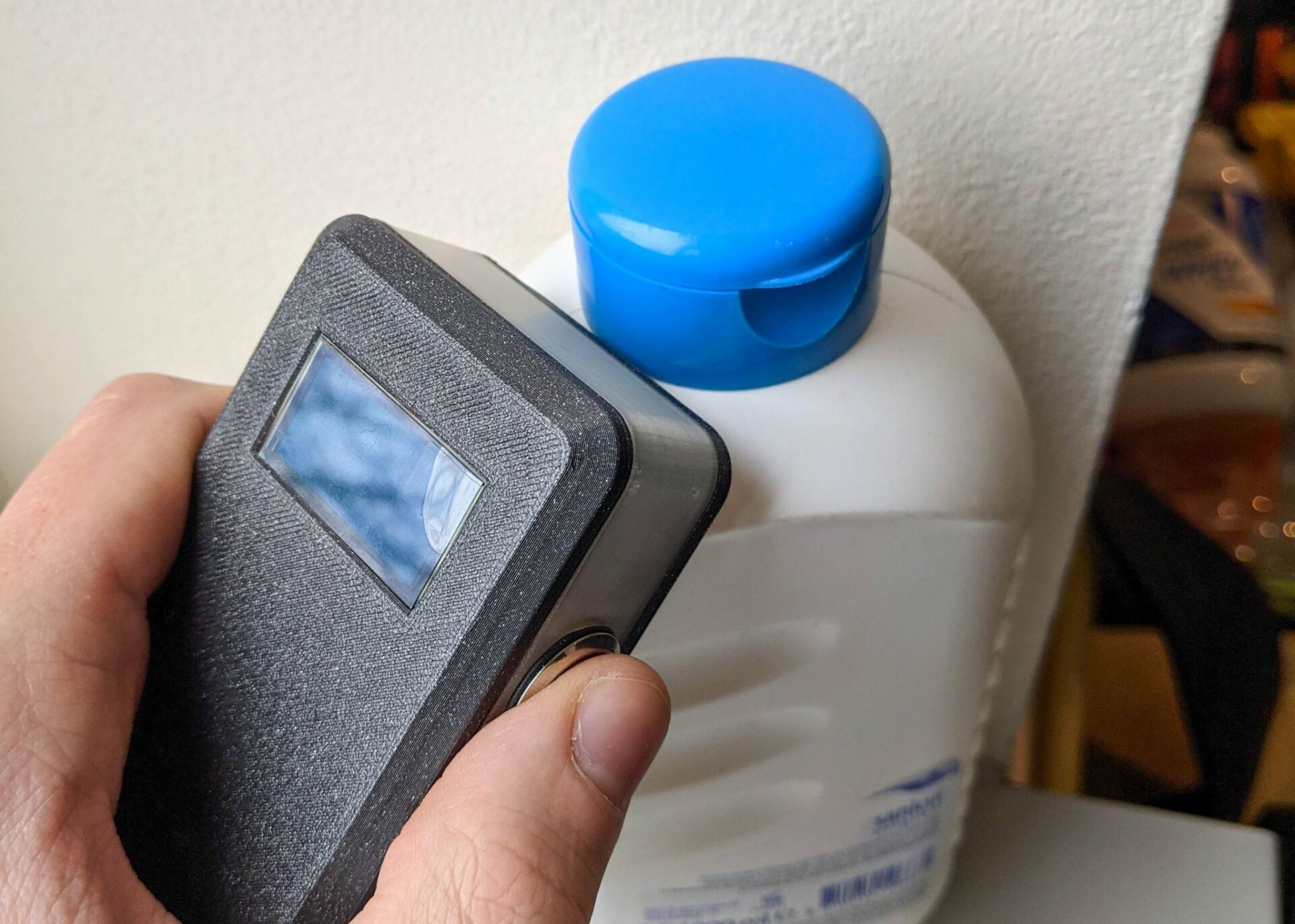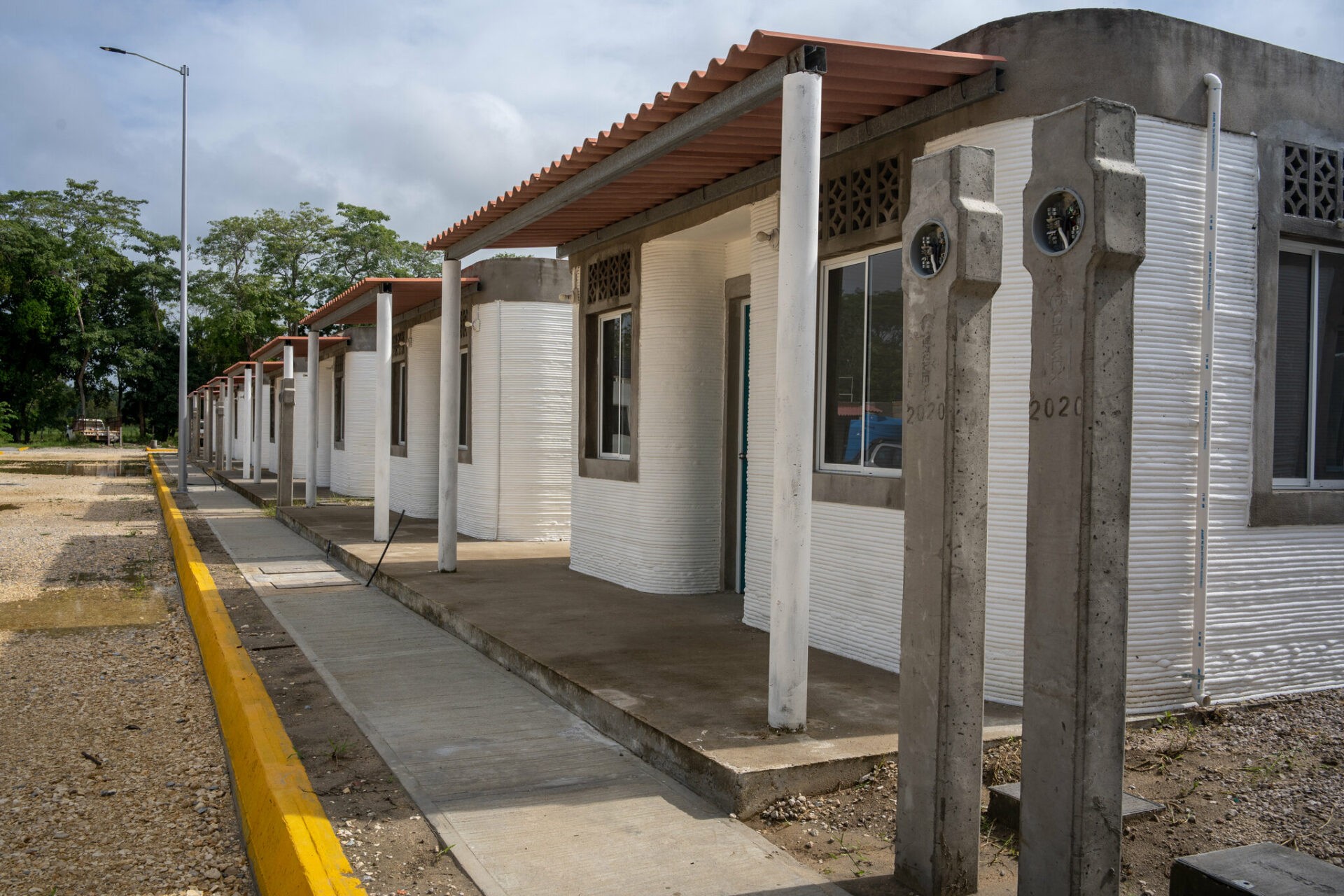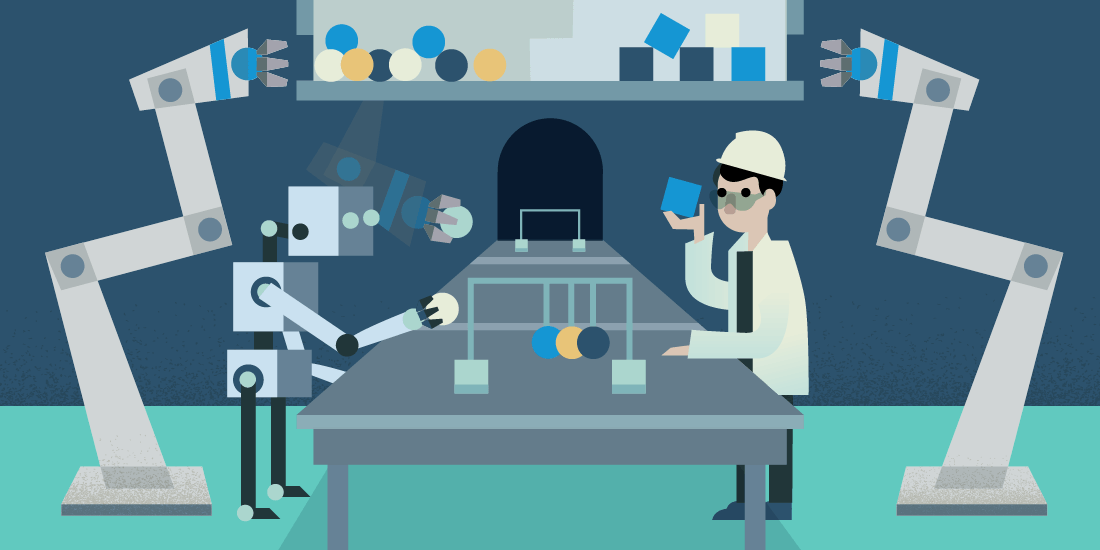Domingo Club
Hard to think of something more Fab City than this lovely project! The team behind Domingo Club wants to “promote plant proteins and create the tools for everyone to make them at home, for the benefit of our planet.” The project started with them winning a 2021 Distributed Design award for their open-source fermentation incubator. The prize money helped them to set up a mini fab lab (fabrication laboratory) and rent a studio, everything they make and sell is made in their fab lab. They open-source everything, the plans for the award-winning incubator, the software for the electronics to run it, and the 3D forms for their tempeh moulds, all available on their Github account.

